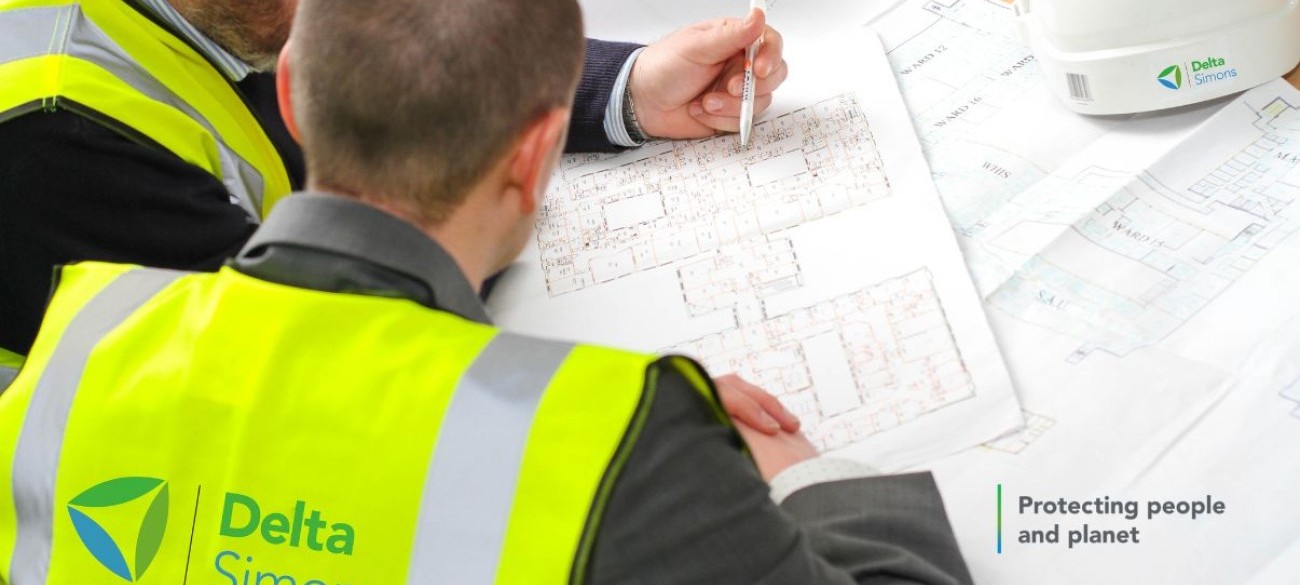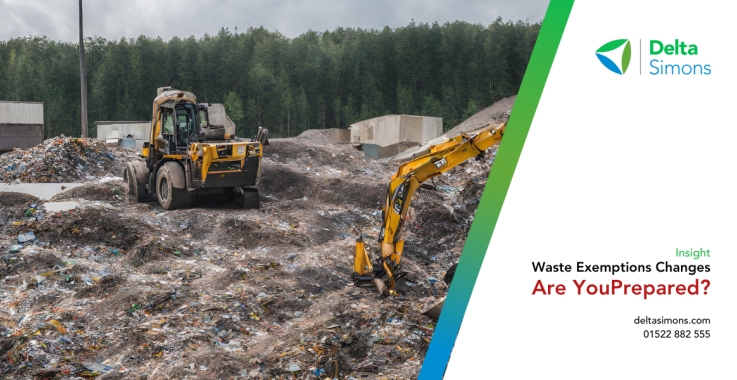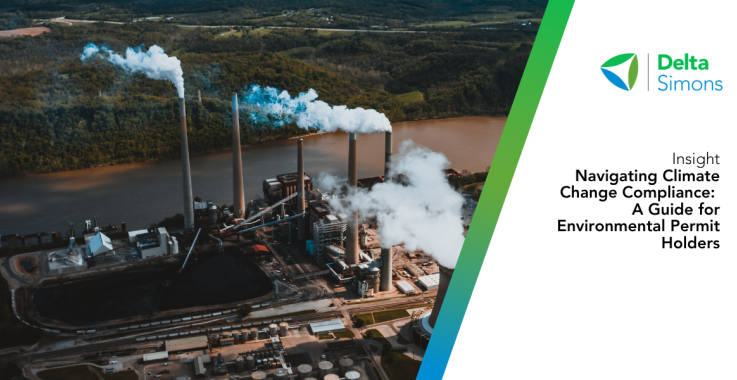Government Confirms Schedule 3 of the Flood and Water Management Act 2010 Implementation After Over 12 Years In Waiting
10 Jan 2023
The government announced today, 10th January 2023, its plans to mandate the use of Sustainable Drainage Systems (SuDS) in new developments in England. The goal of SuDS is to reduce the risk of flooding and water pollution by reducing the use of impermeable services and replicating natural drainage patterns.
Alex Perryman, Associate Water Services Consultant, outlines what the new risk-reducing and pollution-prevention measures mean for developers.
The Flood and Water Management Act 2010 was introduced in England and Wales in response to widespread flooding in 2007 when over 55,000 homes and businesses were subject to flooding due to surface water runoff and overloaded drainage systems.
Parts of the Act, which also addresses climate change and resilience measures, were not immediately enforced in 2010. Schedule 3 of the Act, which outlines the requirement for the inclusion of suitable drainage systems (SuDS), had been subject to 12 years' worth of delays until this week when the Government confirmed the implementation of Schedule 3 of the Flood and Water Management Act 2010.
What Are Sustainable Drainage Systems (SuDS)?
Sustainable Drainage Systems (SuDS) manage water runoff from properties and developments in a natural way by slowing and holding back water flow, allowing pollutants to be broken down through natural processes.
As Schedule 3 comes into implementation, it is now increasingly important to demonstrate to statutory consultees that surface water drainage has been considered as part of the development process. A Drainage Strategy is a report which determines how surface water which enters the site (usually as rain) will be managed so that it does not exacerbate flood risk elsewhere in line with CIRIA (C753) Guidance.
Ideally, surface water should be managed as close to its source as possible, soakaways are high on the “drainage hierarchy” and the preferred option. Many Local Planning Authorities request confirmation at the planning stage of the viability of soakaways as part of the surface water management scheme.
The Drainage Strategy should assess and advise on the most appropriate drainage solutions for the Site. Developments should utilise SuDS unless there are practical reasons for not doing so. Some examples of SuDS include:
- Soakaways
- Swales, Detention Basins and Ponds
- Permeable Paving
- Rainwater Harvesting
- Green Roofs
- Underground Attenuation Tanks
- Surface Water Pumping
Are SuDS the same as Natural Flood Management (NFM)?
NFM has grown significantly in recent years following the recent nationwide flood events and the need to take a holistic approach to flood risk management to provide effective solutions.
There is a debate as to whether SuDS are a form of NFM. For many consultants in the water industry, SuDS are ‘soft engineering’ measures which have been engineered to reduce surface water risk and provide water quality benefits to typically urban and semi-rural areas. NFM are more ‘naturalised techniques’ which are typically located in the rural uplands to benefit downstream urban areas whilst providing localised environmental benefits. It can be suggested that the only potential overlap between SuDS and NFM includes beach nourishment, setting back flood embankments or managed realignment of existing coastal defences which provides habitat creation and working with natural processes.
Examples of NFM measures to manage flood risk include:
- Blocking grips and gully systems on rural uplands
- Afforestation
- Management of existing woodland
- Creation of leaky/woody dams
- Bank stabilisation and revegetation
- Creation of field buffer strips
- Floodwaters stored in wetlands and washlands
- River and floodplain restoration
NFM reduces the flood peak so as to provide more time to prepare for floods and whilst they offer protection for smaller order flood events. NFM does not mitigate the risk from the larger more significant flood events of recent years. Adopting a holistic approach of combining naturalised NFM with hard-engineered measures such as SuDS is essential to providing an overall combined beneficial impact on reducing flood risk to people in key risk areas.
What Implications Will SuDS Have For Developers?
SuDS present an opportunity for developers to add value to their scheme whilst at the same time meeting local planning requirements around increasing sustainability and managing flood risk by lowering flow rates, managing runoff, increasing storage capacity and providing amenity and potentially biodiversity benefits as well as reducing the transport of water pollution to the water environment.
It is recommended to involve Water Services early on in the planning process to determine the risks and to allow suitable land provision for appropriate SuDS in line with the recommended guidance. The benefits of SuDS to the developer include:
- speed up the approval process, particularly where it is central to the Local Planning Authorities' drainage strategy
- save on capital costs as SuDS are typically cheaper than traditionally drained sites. Maintenance costs could also be lower compared to traditionally drained sites.
- makes the development more attractive and promotes health and wellbeing
When Will Schedule 3 SuDS Be Implemented?
The government has published a review of drainage regulations by the Department for Environment, Food and Rural Affairs (DEFRA) outlining new rules set to take effect in 2024. The public will have an opportunity to give their input on the proposals through a consultation launching later this year, as the government finalises the new regulations for implementation in 2024.
Our Water Services Team can provide a complete drainage package from outline planning, and soakaway testing, through to detailed design, utilising trusted partners where required. Working with clients from multiple sectors, for the past 30 years, our team has provided a holistic suite of trusted environmental services and advice, designed to mitigate risk to both people and the environment, whilst mitigating the risk during investment and divestment cycles.
If you are looking to partner with an environmentally conscious, holistic Water Services supplier, get in touch with our team by emailing info@deltasimons.com.
About The Author
Alex Perryman
Associate Water Services Consultant - Environmental Planning
Alex is an Associate with over 20 years of experience in environmental consultancy specialising within the planning and water arena and is the Team Leader for the Water Services business stream. Alex is a flood risk and drainage technical specialist and project manager and has delivered numerous complex flood risk management and drainage projects across the UK.
Alex has undertaken and led the delivery of many detailed Flood Risk Assessments (FRA), Flood Consequences Assessments (FCA), Drainage Strategies, Surface Water Management Plans, Flood Management Plans, culvert studies, and due diligence projects for a range of high-profile public and private clients. Alex leads the completion of the flood risk elements of Environmental Impact Assessments (EIA) including hydrology, hydraulic modelling, drainage, and culvert assessments (existing and proposed), and has vast experience in complex flood risk analysis and mentoring junior staff.
Alex is responsible for the technical review and authorisation of flood risk and drainage strategy reports prepared by the business and has significant experience in tender proposals, project management, optioneering, policy appraisal and reporting.






